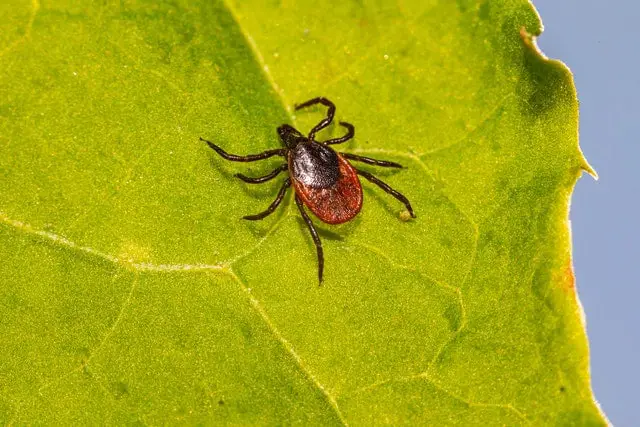
Ticks and fleas are very annoying parasites for cats: find out how and methods and remedies to recognize them, prevent them and eliminate them once and for all.
Fleas and ticks are small insects that can infest our cat‘s fur and skin, feeding on its blood and causing serious symptoms and diseases.
Especially with the advent of summer, cat parasites are increasingly lurking: for this reason it is essential to know everything possible about these annoying pets.
Both ticks and fleas can affect cats in different ways: in this article, we will discover for both the habitat and the period in which they are most dangerous, the symptoms and characteristics to recognize them, the risks and possible pathologies they can transmit. to cats and of course the best remedies to prevent and eliminate them.
Ticks in cats: what to know absolutely
Periods and habitat
Ticks infiltrate the vegetation when the climate is warm and temperate, therefore in spring and summer. Cats that live outdoors, or are free to leave the house during the day, are particularly at risk.
These parasites most often affect dogs or humans, and more rarely cats: this does not mean that they are not dangerous for felines, which can become infected and transmit them to people and animals.
Symptoms and appearance
The tick is recognized because it looks like a ball to the touch: it usually sticks to the areas most supplied with blood, such as behind the ears or in the folds of the cat’s skin. Ticks stick their heads under the skin of cats and only the body is visible from the outside, which has a spherical shape.
Symptoms of ticks in cats include: fever, loss of appetite, cough, lethargy, lameness and sudden and localized pain.
If you recognize one or more of these symptoms, it is essential to take your cat to the vet right away because ticks can transmit very dangerous diseases.
Ticks are dangerous for cats because they transmit some serious pathologies: Borrelliosis, Babesiosis and Anaplasmosis.
These are infectious diseases transmitted by ticks that inject dangerous bacteria into the animal’s blood.
Prevention and remedies
The transmission of ticks to the cat can be avoided by engaging in prevention systems: among the best anti-parasitic treatments we remember those Spot-On (they are applied in drops between the cat’s shoulder blades and are effective for about 4 weeks), sprays and collars.
If the cat goes out for a walk in the countryside, perhaps because we were able to train him to go on a leash, upon returning, it is essential to carefully check the coat and skin to make sure there are no ticks. If we were to recognize one or more than one, we must remove them as soon as possible.
The right way to remove a tick is to carefully pull it off with tweezers and then disinfect the wound. Check that the entire tick has been eliminated and make sure that no infections develop in the following days.
Fleas in cats: everything you need to know

Periods and habitat
Fleas settle in fabrics and upholstery: therefore, beware of sofas, cushions and rugs.
These parasites are very contagious and are transmitted from one animal to another: they can affect both cats and dogs alike.
Once they attach themselves to the cat’s fur and skin, fleas begin to feed on its blood and proliferate rapidly, laying up to 30 eggs per day.
These eggs turn into larvae within 4/12 days. To combat fleas, it is also important to eliminate eggs and larvae before they turn into adult parasites.
Symptoms and appearance
Recognizing cat fleas is not easy, because these parasites are hardly visible to the naked eye . Their most evident symptom, however, is very recognizable: we are talking about a strong itch that leads the cat to scratch, lick and nibble continuously.
Another way to tell if your cat has fleas is to check for their feces: by carefully combing your four-legged friend with a fine-toothed comb, you will see tiny black crumbs fall to the ground. If it is flea feces, these crumbs when crushed will leave red marks as they are made up of digested blood.
Risks, dangers and diseases
Fleas are dangerous because, just like ticks, they can transmit much more serious diseases for the health of the cat: among these we remember anemia, allergy to flea saliva, tapeworm infestation, haemobartonellosis and bartonellosis.
Prevention and remedies
Just like ticks, fleas can also be prevented with ad hoc anti-parasitic treatments.
If, on the other hand, your cat has fleas, you will have to act promptly to eliminate them: once the animal has been treated with specific products, it is essential to act also in the environment in which it lives.
To completely eliminate fleas, wash blankets, pillows and other fabrics at a minimum of 60° and vacuum the cleaner often, insisting on the most affected areas. There are also special pesticide sprays for the environment. Finally, don’t forget to treat other animals your cat comes in contact with as well.






